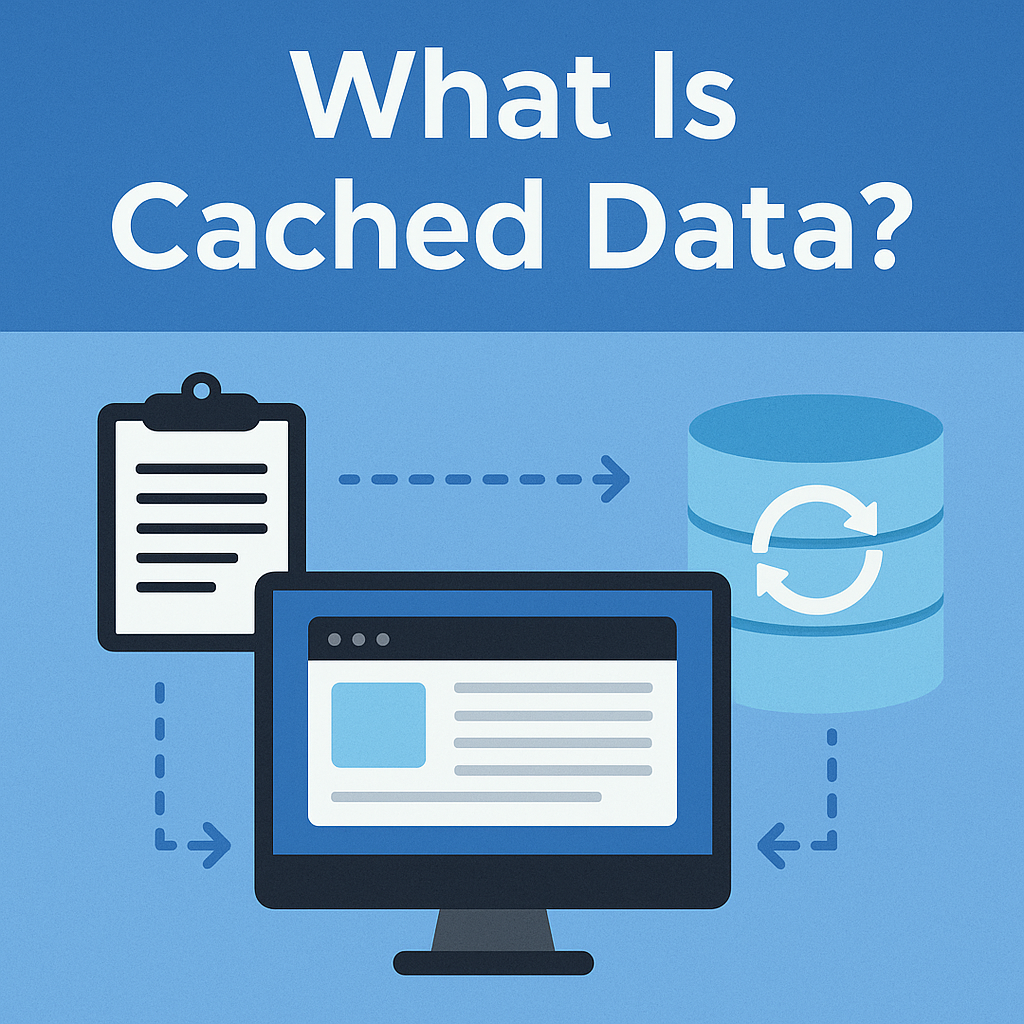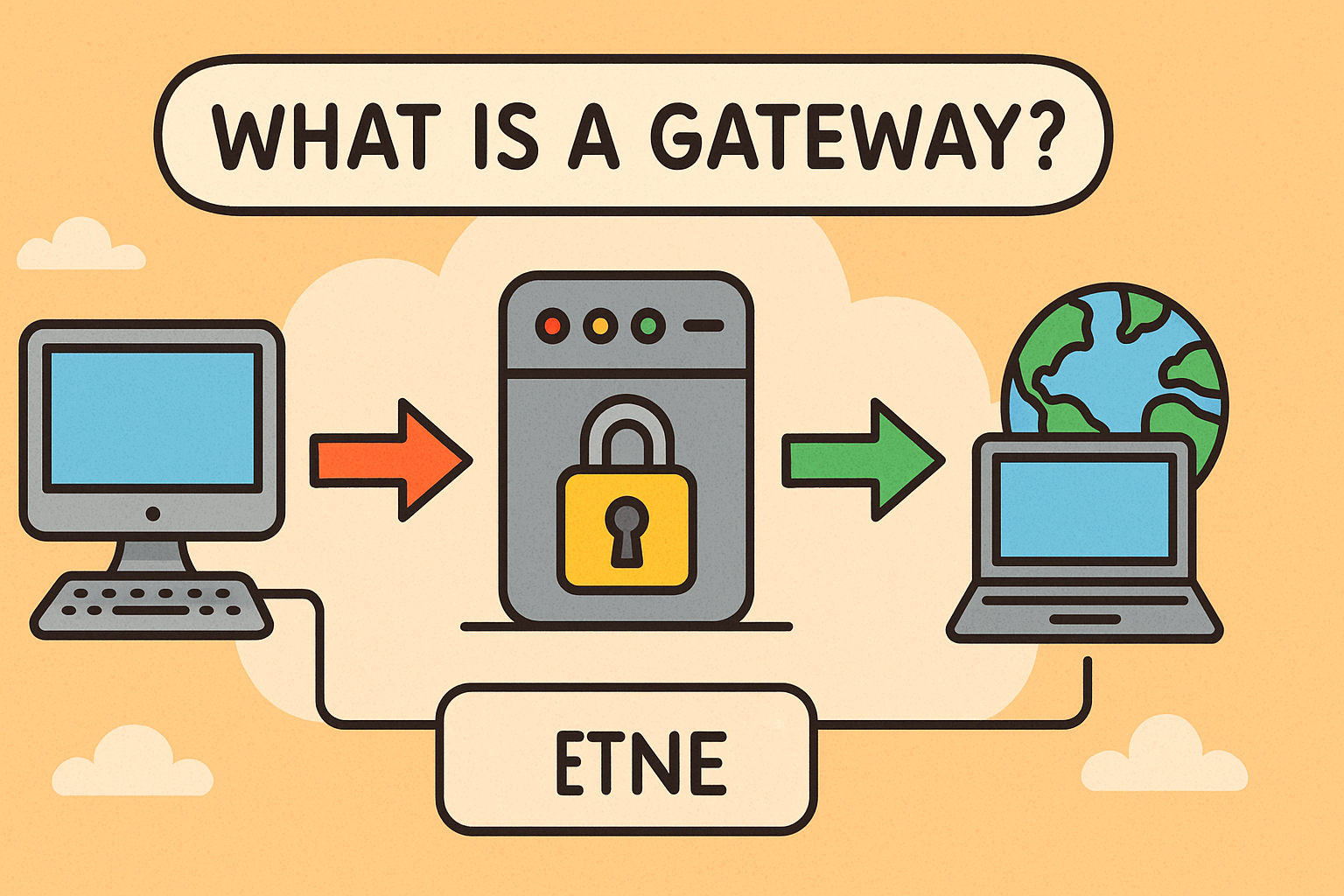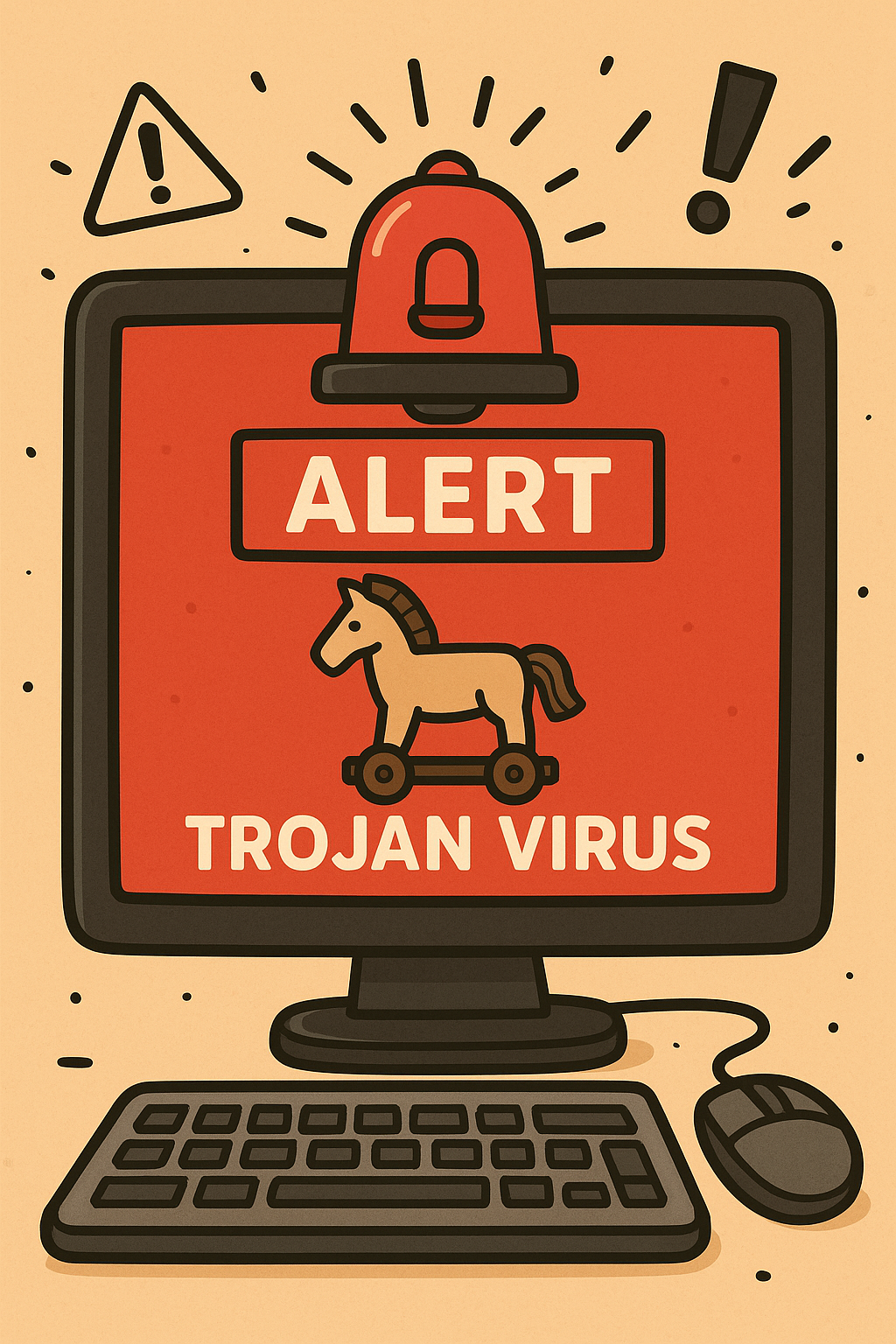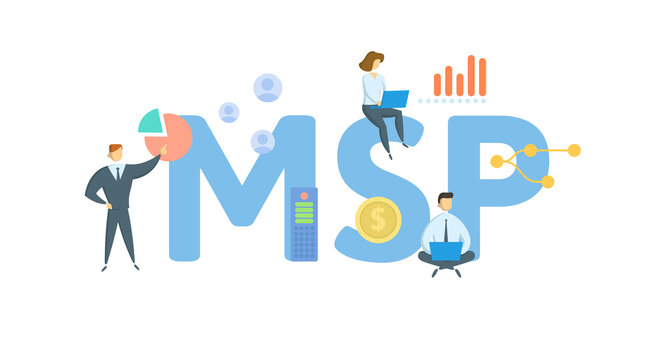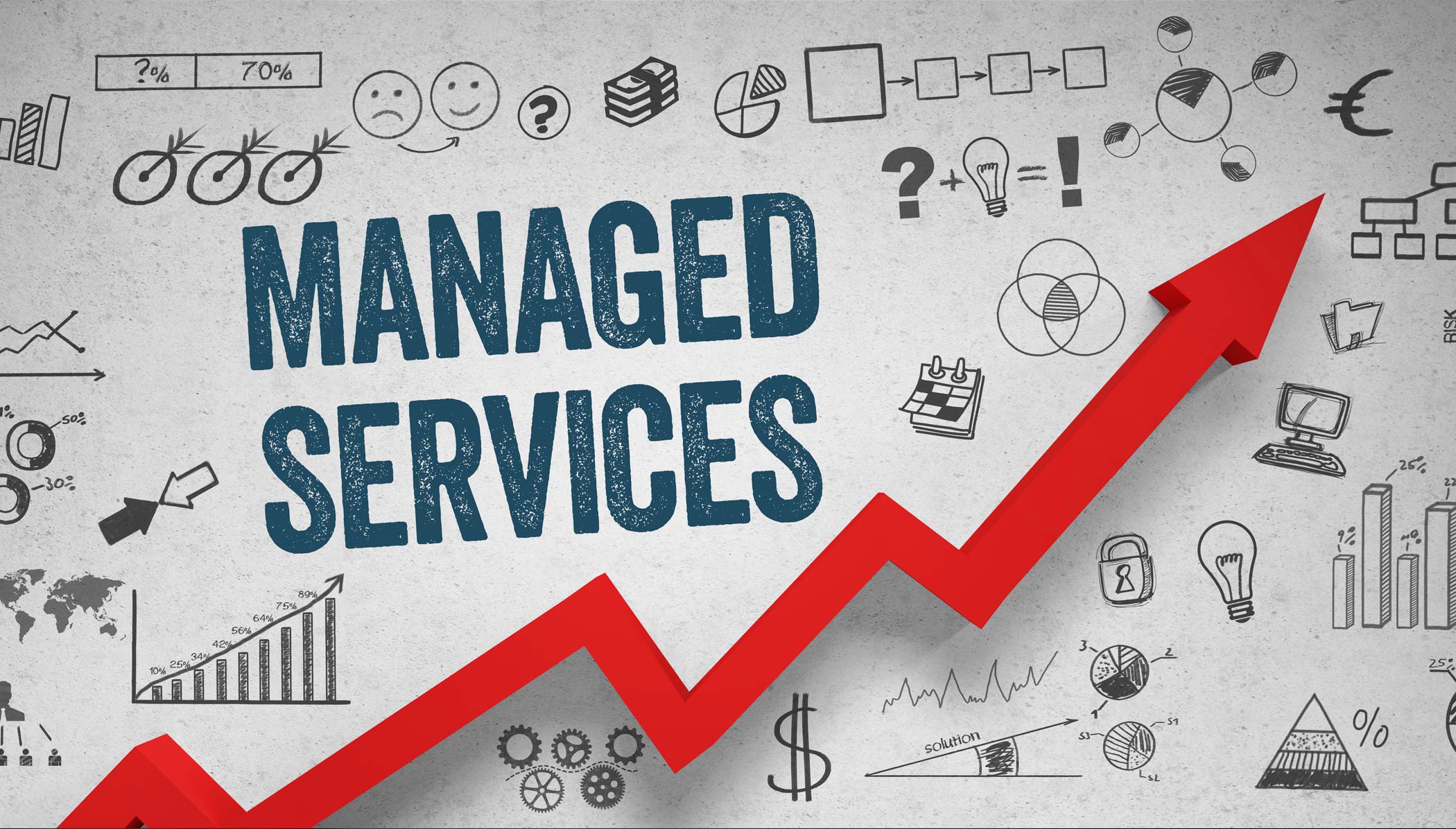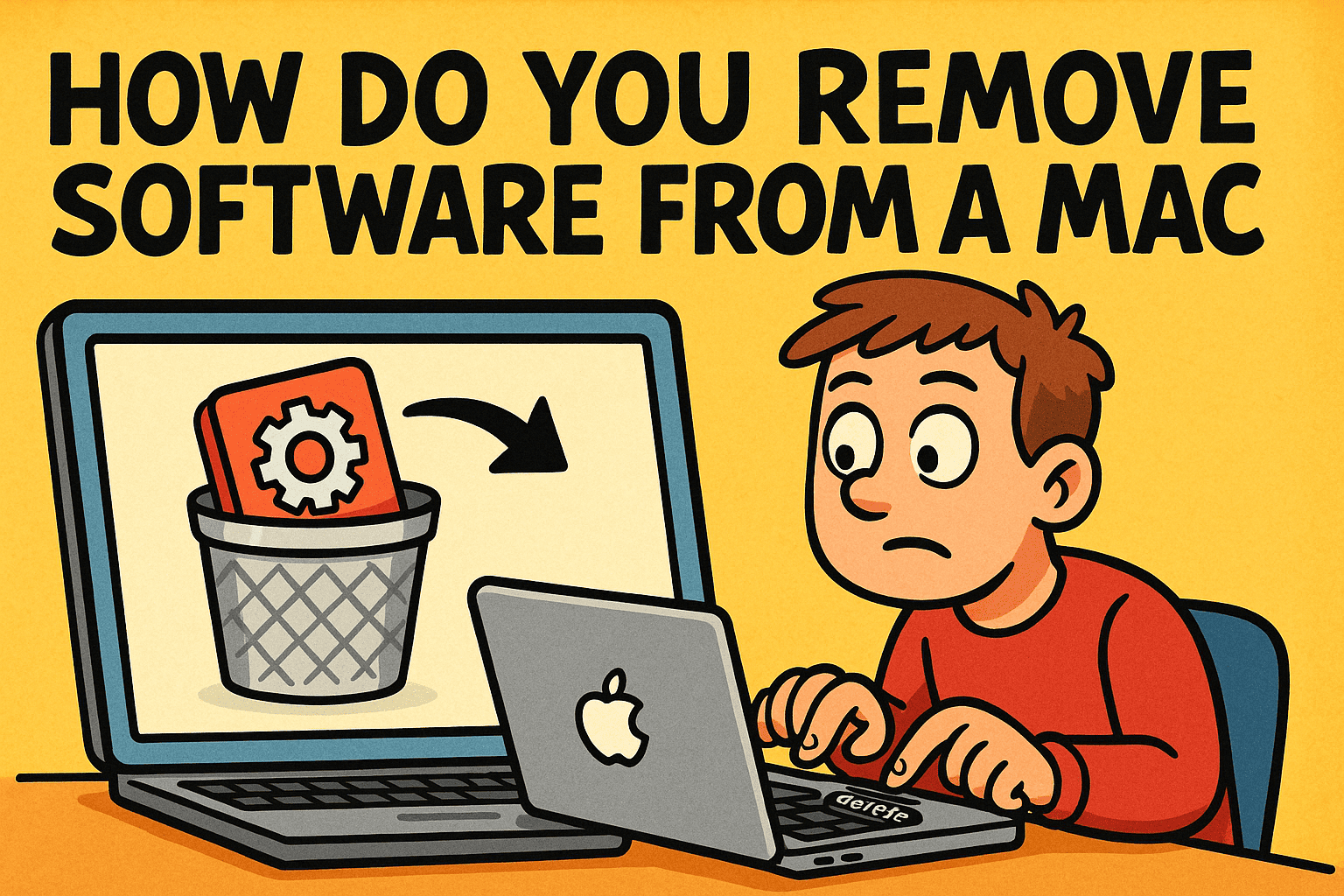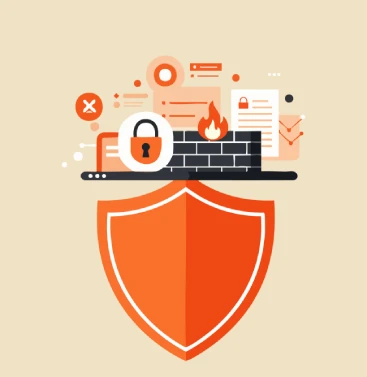Understanding Threat Actors: The Who Behind Cyber Threats
Updated on June 4, 2025, by Xcitium
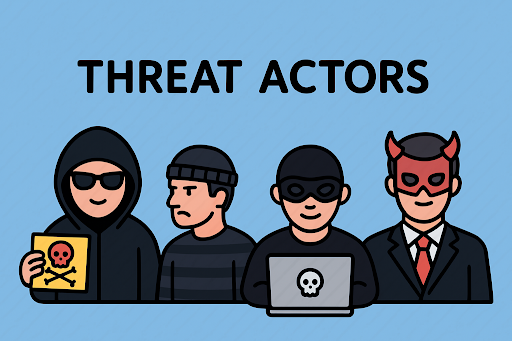
In today’s rapidly evolving digital world, cyberattacks are more frequent and more sophisticated than ever. But who are the masterminds behind these malicious activities? The answer lies in two words: Threat Actors.
What is a Threat Actor?
A threat actor is an individual or group that initiates a cyberattack against systems, networks, or digital assets. They can range from lone hackers to state-sponsored cybercriminals. Their goals vary — from stealing data and disrupting services to causing financial or reputational damage.
Understanding what a threat actor is forms the foundation of modern threat intelligence strategies. By identifying the types, motives, and tactics of cyber threat actors, organizations can better prepare their defenses.
Types of Threat Actors
Threat actors can be classified based on their motives, affiliations, and methods. Here’s a breakdown:
1. Cybercriminals
- Motivated by financial gain.
- Use ransomware, phishing, and malware.
- Often operate in organized groups.
2. Hacktivists
- Driven by political or social causes.
- Target government or corporate entities.
- Use defacement, DDoS attacks.
3. Insiders
- Employees or contractors with authorized access.
- May act out of malice or negligence.
- Harder to detect due to trust levels.
4. State-Sponsored Threat Actors
- Sponsored by nation-states.
- Aim for espionage, sabotage, or influence operations.
- Highly resourced and persistent.
5. Script Kiddies
- Inexperienced individuals using pre-built tools.
- Typically cause low-level disruptions.
Common Tactics Used by Cyber Threat Actors
Cyber threat actors employ a range of methods to breach security systems:
- Phishing and spear phishing
- Social engineering
- Zero-day exploits
- Man-in-the-middle attacks
- Malware and ransomware deployment
Each tactic is designed to exploit vulnerabilities in technology or human behavior.
Role of Threat Intelligence in Combatting Threat Actors
Threat intelligence is the process of collecting, analyzing, and applying information about potential and active cyber threats. Here’s how it helps:
- Early detection: Identify indicators of compromise (IoCs) and tactics.
- Risk prioritization: Focus resources on the most dangerous threat actors.
- Strategic defense: Build informed and resilient security systems.
Organizations use threat intelligence feeds, sharing platforms, and AI-driven tools to stay ahead of attackers.
How Threat Actors Choose Their Targets
Threat actors don’t choose targets at random. Here are the common selection criteria:
- Weak security posture
- Valuable data (e.g., PII, financial records)
- Public visibility and brand reputation
- Political or ideological alignment
Real-World Examples of Cyber Threat Actors
1. Lazarus Group (North Korea)
- Known for global cyber espionage and financial heists.
2. Fancy Bear (APT28)
- Russian-backed group targeting military and political entities.
3. Anonymous
- A decentralized hacktivist collective known for large-scale DDoS and leaks.
These groups highlight the range of motives and capabilities among threat actors.
Industries Most at Risk
Certain sectors are more frequently targeted:
- Financial Services: For monetary gain.
- Healthcare: For sensitive data.
- Government Agencies: For espionage.
- Energy and Utilities: For critical infrastructure disruption.
Cyber threat actors tailor their attacks based on industry-specific weaknesses.
How to Defend Against Threat Actors
An effective defense requires a multi-layered strategy:
1. Implement Robust Security Controls
- Firewalls, intrusion detection systems, and endpoint protection.
2. Adopt a Zero Trust Model
- Never trust, always verify. Minimize access rights.
3. Security Awareness Training
- Educate staff on phishing, social engineering, and best practices.
4. Threat Intelligence Integration
- Real-time threat data can help anticipate and neutralize attacks.
5. Regular Security Audits
- Continuously evaluate and improve your cybersecurity posture.
Future Trends in Threat Actor Behavior
As technology advances, so do cyber threat actors. Watch out for:
- AI-driven attacks: Enhanced automation and targeting.
- Deepfake exploitation: For fraud and misinformation.
- Supply chain attacks: Targeting third-party vendors.
- Cloud security breaches: Exploiting misconfigurations.
Understanding future trends is key to proactive defense.
Final Thoughts: Stay One Step Ahead
Threat actors aren’t going anywhere. They’re getting smarter, faster, and more dangerous. But with the right mix of threat intelligence, tools, and awareness, your organization can not only survive — it can thrive in the face of cyber adversity.
Stay informed. Stay protected. And when you’re ready to take cybersecurity seriously, request a demo from Xcitium to see how cutting-edge protection works in action.
FAQ: Understanding Threat Actors
1. What is a threat actor in cybersecurity?
A threat actor is any entity — individual or group — that initiates malicious activity intended to harm digital systems or data.
2. Are all threat actors hackers?
Not necessarily. While many are hackers, some are insiders or nation-state groups with specific agendas.
3. How does threat intelligence help against threat actors?
Threat intelligence helps by identifying patterns, tactics, and emerging threats, enabling organizations to proactively defend their systems.
4. What industries are most vulnerable to cyber threat actors?
Finance, healthcare, government, and energy sectors are prime targets due to the value and sensitivity of their data.
5. Can small businesses be targeted by threat actors?
Yes. Threat actors often see small businesses as easy targets due to weaker defenses.





